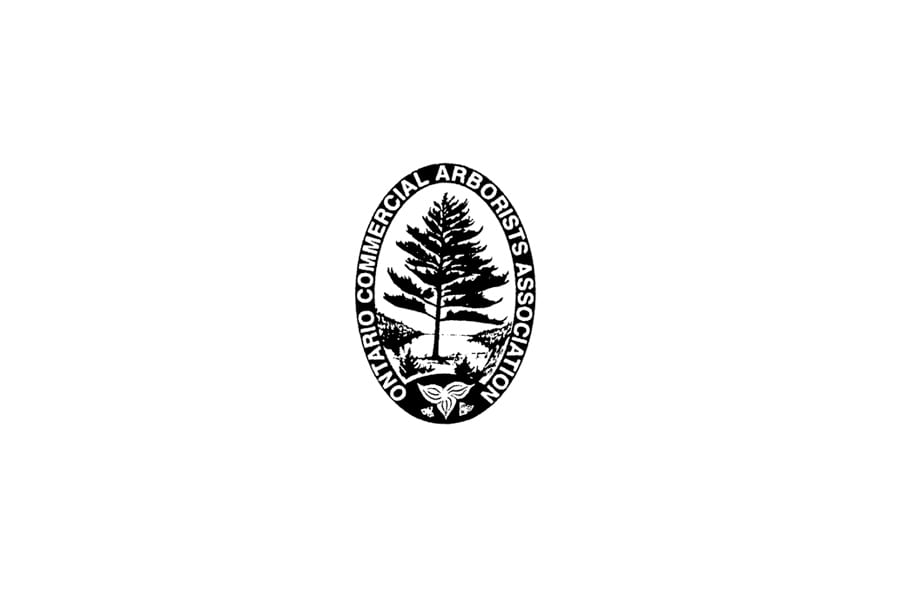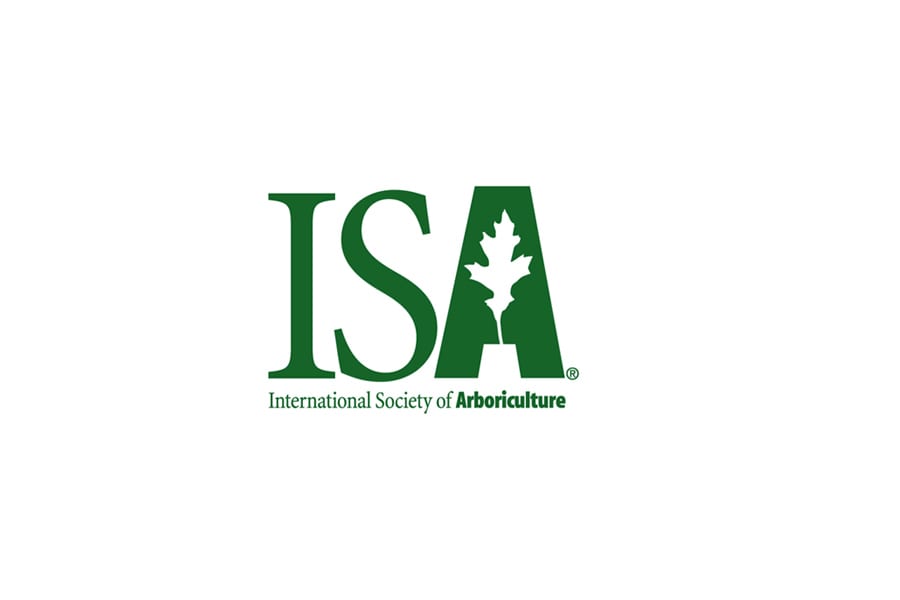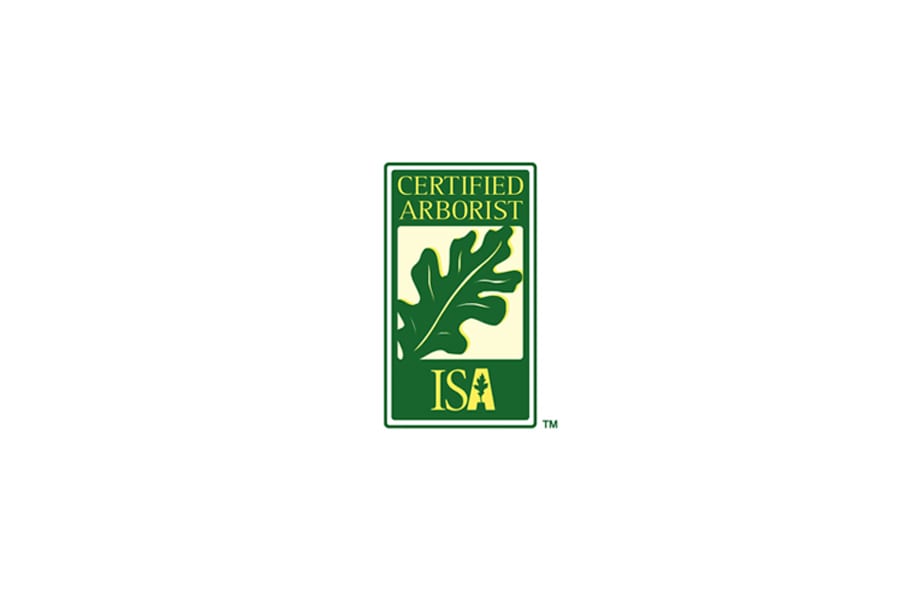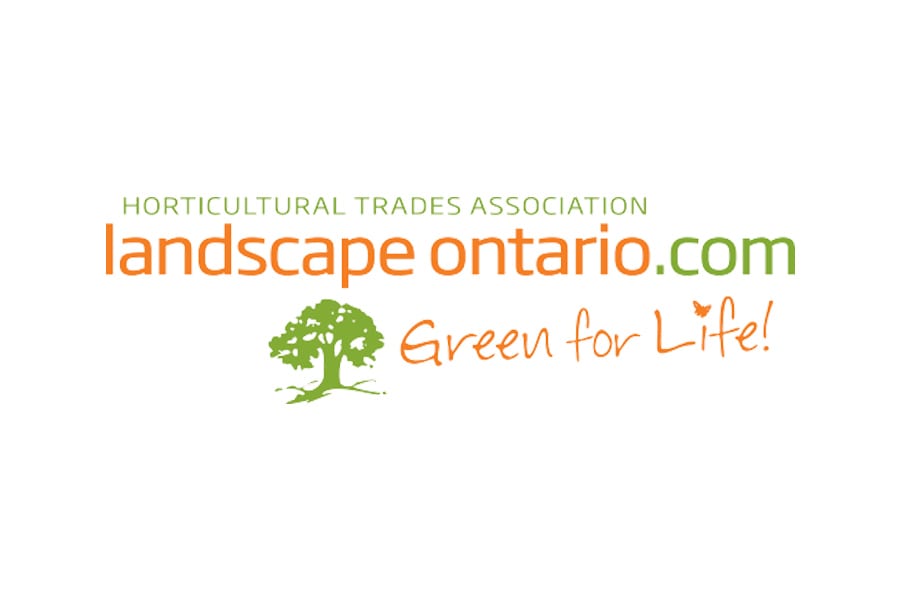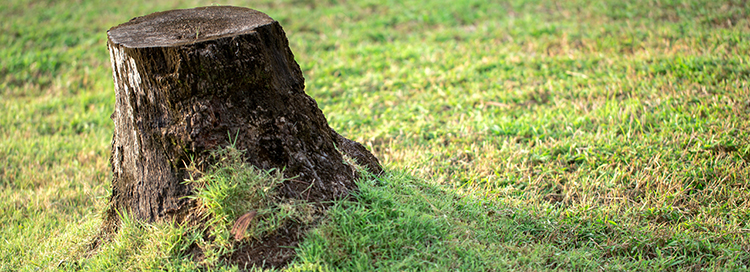
- Feb 5, 2024
- Dreamworks Tree Services
- Tree Removal
- 0 Comments
8 Things You Should Do After Tree Removal
Removing a tree from your lawn, though sometimes necessary, often leaves behind soft spots or noticeable damage to your grass. This can be attributed to the absence of the tree and its root system or the activities of the tree removal crew. The soil may start to settle into the voids left behind, leading to uneven lawn areas that require attention. Despite how damaged your lawn may seem, there are steps you can take to repair it. These tips will help you rejuvenate your lawn after tree removal.
8 Essential Steps to Repair Your Yard After Tree Removal
SOD Installation: Immediately laying new sod in bare spots provides an instant aesthetic upgrade and prevents soil erosion. Choose a sod variety that matches your existing lawn for a seamless look. Ensure the ground is prepared by removing any debris, levelling the area, and adding a thin layer of topsoil before laying the sod. Keep the new sod well-watered until it is established.
Roots and Stump Removal: After tree removal, it’s crucial to address the remaining roots and stump, as they can lead to pest infestations or fungal diseases. Stump grinding is a good option as it removes the stump below ground level. This allows the area to be covered with soil or sod. Removing more extensive roots may require excavation, but this ensures no obstacles will interfere with new plantings or lawn restoration.
Deep Root Fertilization: This process involves injecting fertilizer directly into the soil around the root zones of the remaining plants. It compensates for the nutrient depletion caused by the removed tree and promotes healthy growth of other garden plants and grass. Deep root fertilization also enhances the soil’s aeration, encouraging stronger root systems for the surrounding vegetation.
Bracing and Cabling: Nearby trees that may have been destabilized by the tree removal process can be supported through bracing and cabling. This method provides additional support to weak branches and trunks, preventing potential damage from wind or storms. It’s a proactive step to ensure the safety and stability of your remaining trees.
Lawn Indent Repair: Fill in any low spots or depressions left by the removal process with topsoil or a soil-compost mix to level out your lawn. This not only improves the appearance of your lawn but also prevents water from pooling in these areas, which could lead to mosquito breeding or root rot in adjacent plants.
Adding Limestone: If soil tests indicate that the pH level of your lawn has become too acidic, especially common in areas where pine trees have been removed, applying limestone can help neutralize the soil. This adjustment makes nutrients more accessible to the grass and improves overall lawn health. Apply limestone according to soil test recommendations to avoid overliming, which can also be harmful.
Reseeding The Area: Choose a grass seed blend that matches your existing lawn to fill in any bare spots or to thicken up thin areas. The best time for reseeding is during the growing season of your specific grass type. Prepare the soil by lightly raking it to loosen the top layer, then spread the seeds evenly. Keep the area moist until the new grass is well-established, which usually takes a few weeks.
Watering The Soil and Caring for the New Grass: Proper watering is critical for new grass seed and sod to establish. Initially, keep the top inch of soil consistently moist but not waterlogged. As the new grass grows, gradually reduce watering to encourage deeper root growth. Avoid heavy foot traffic on new grass until it is robust enough to withstand it.
Damage You Can Expect After Tree Removal
The removal process can cause damage to your lawn. Recognizing these impacts is vital for effective lawn recovery and rehabilitation efforts.
Soil Compaction: Heavy equipment used in tree removal can compact the soil, restricting water and nutrient flow.
Sunlight and Moisture Changes: Removing a tree alters exposure to sunlight and can affect soil moisture levels, impacting surrounding vegetation.
Nutrient Imbalances: Without the tree’s leaf litter, the soil may lack certain nutrients, affecting plant health.
Pests and Diseases: The remaining stump and roots can attract pests and diseases, posing a risk to other plants.
Aesthetic Impact: The absence of a tree can disrupt the landscape’s appearance.
Contact Us for Emergency Tree Removal Service
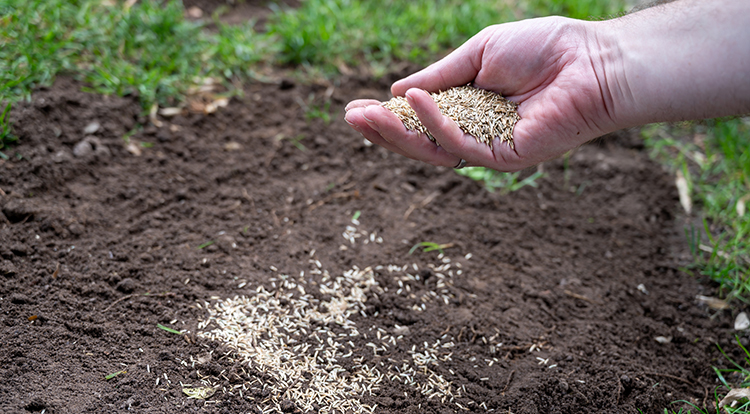
DreamWorks Tree Services is here to assist with your tree removal and lawn restoration needs in Toronto. From emergency tree removal to expert lawn care advice, our team ensures your landscape recovers beautifully. Contact us today for more information on how we can help.
Also Read: A Complete Guide to Tree Removal








